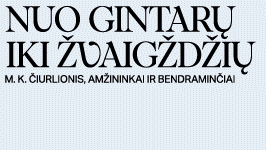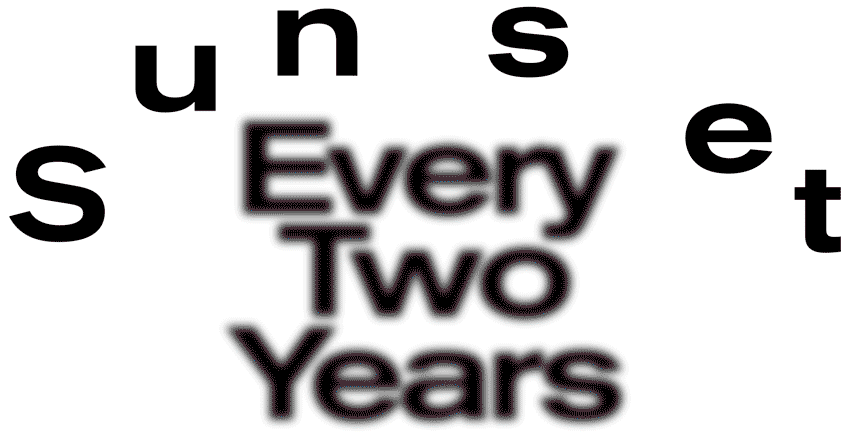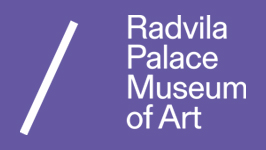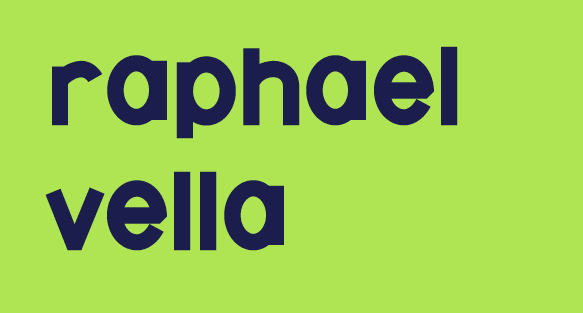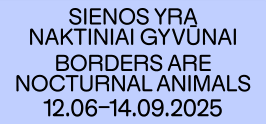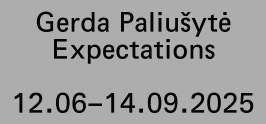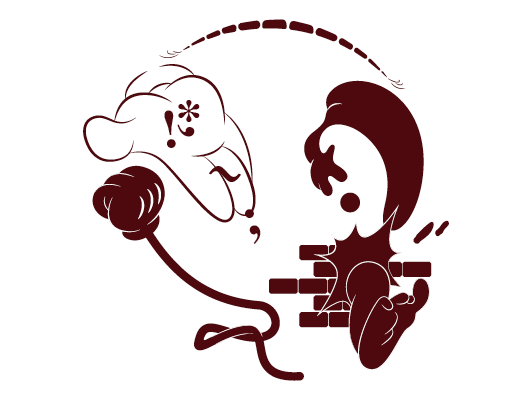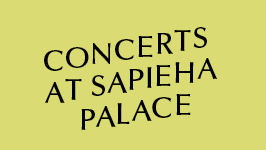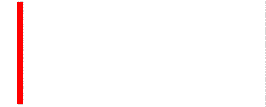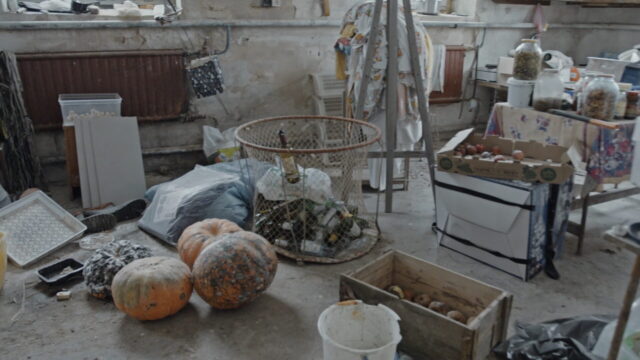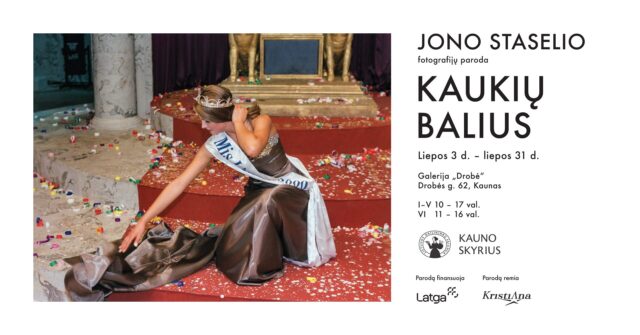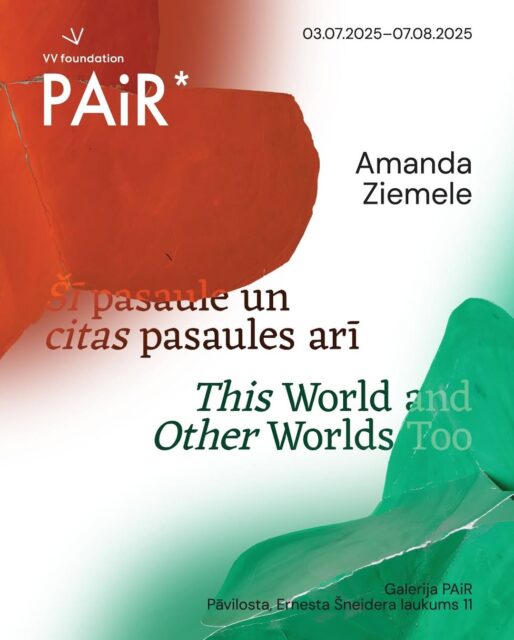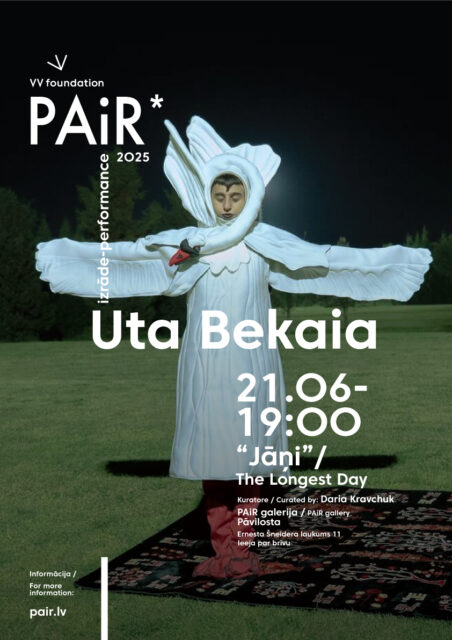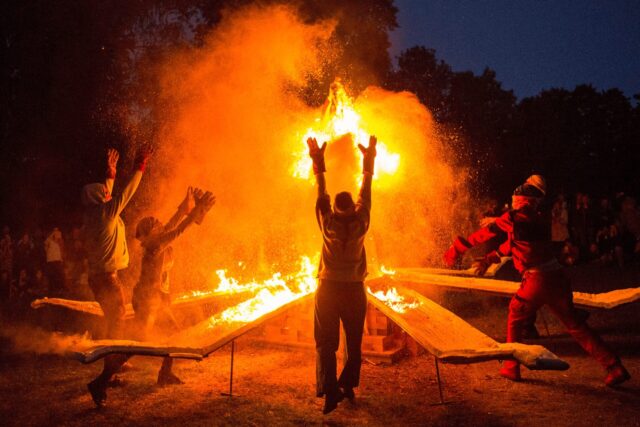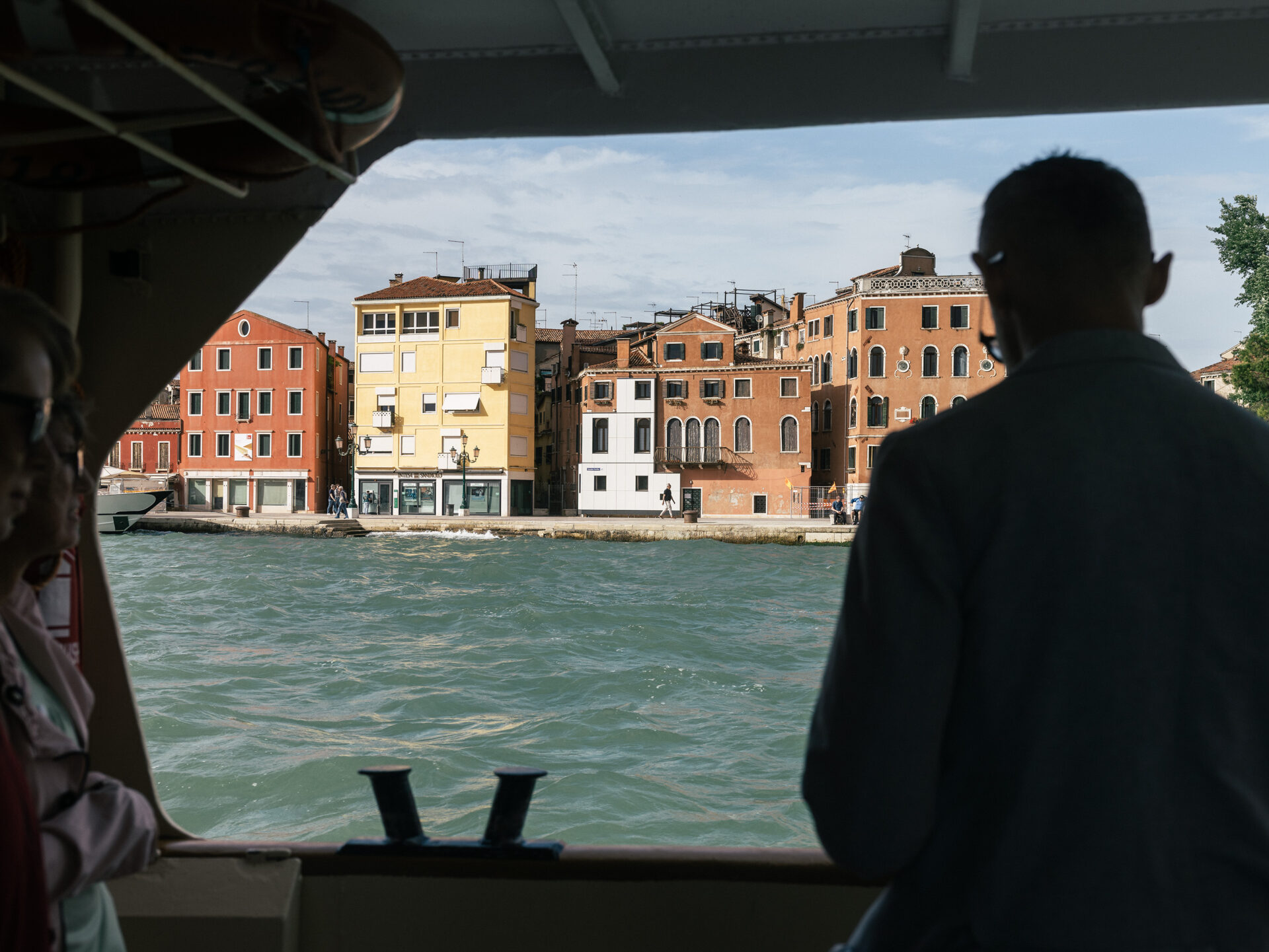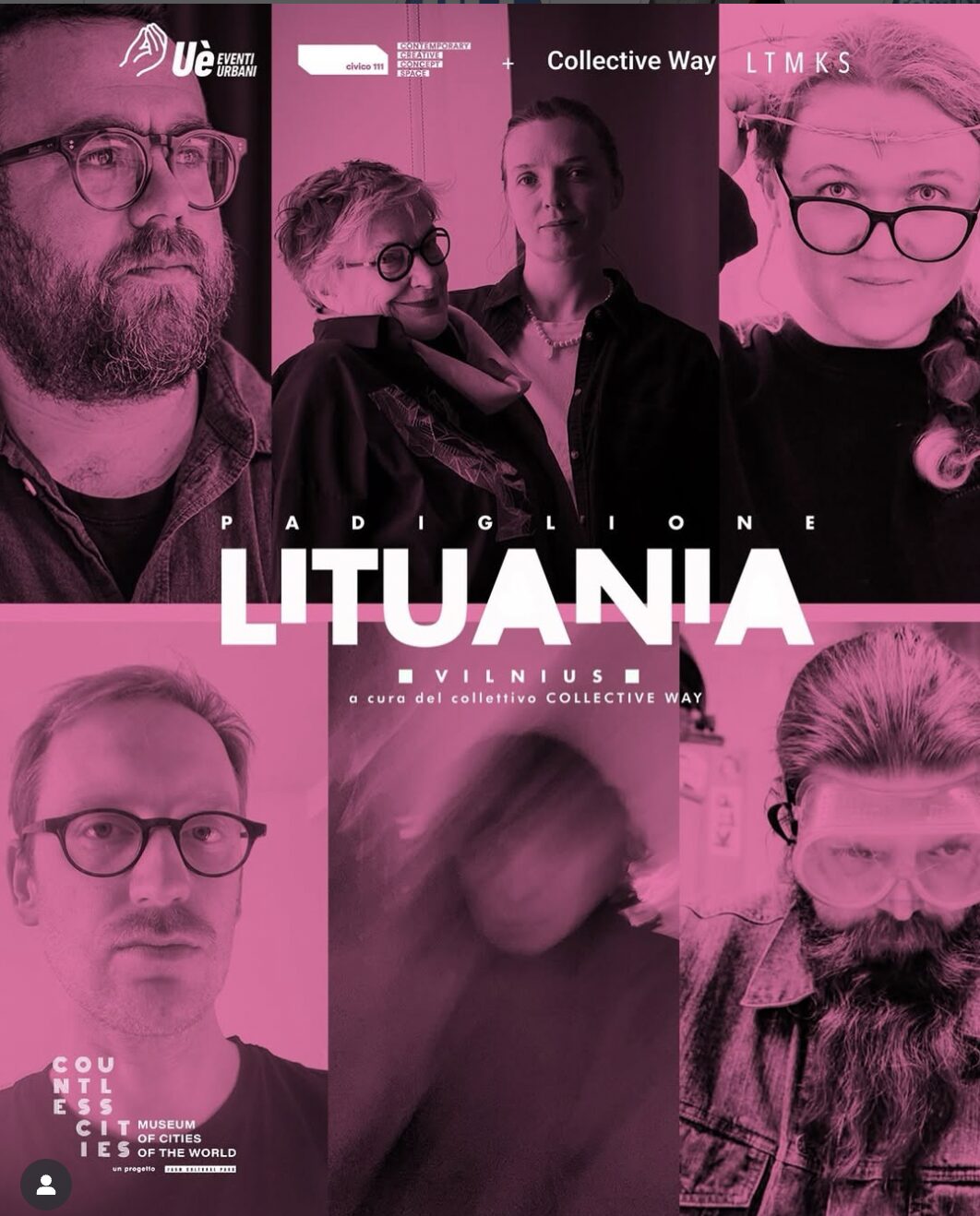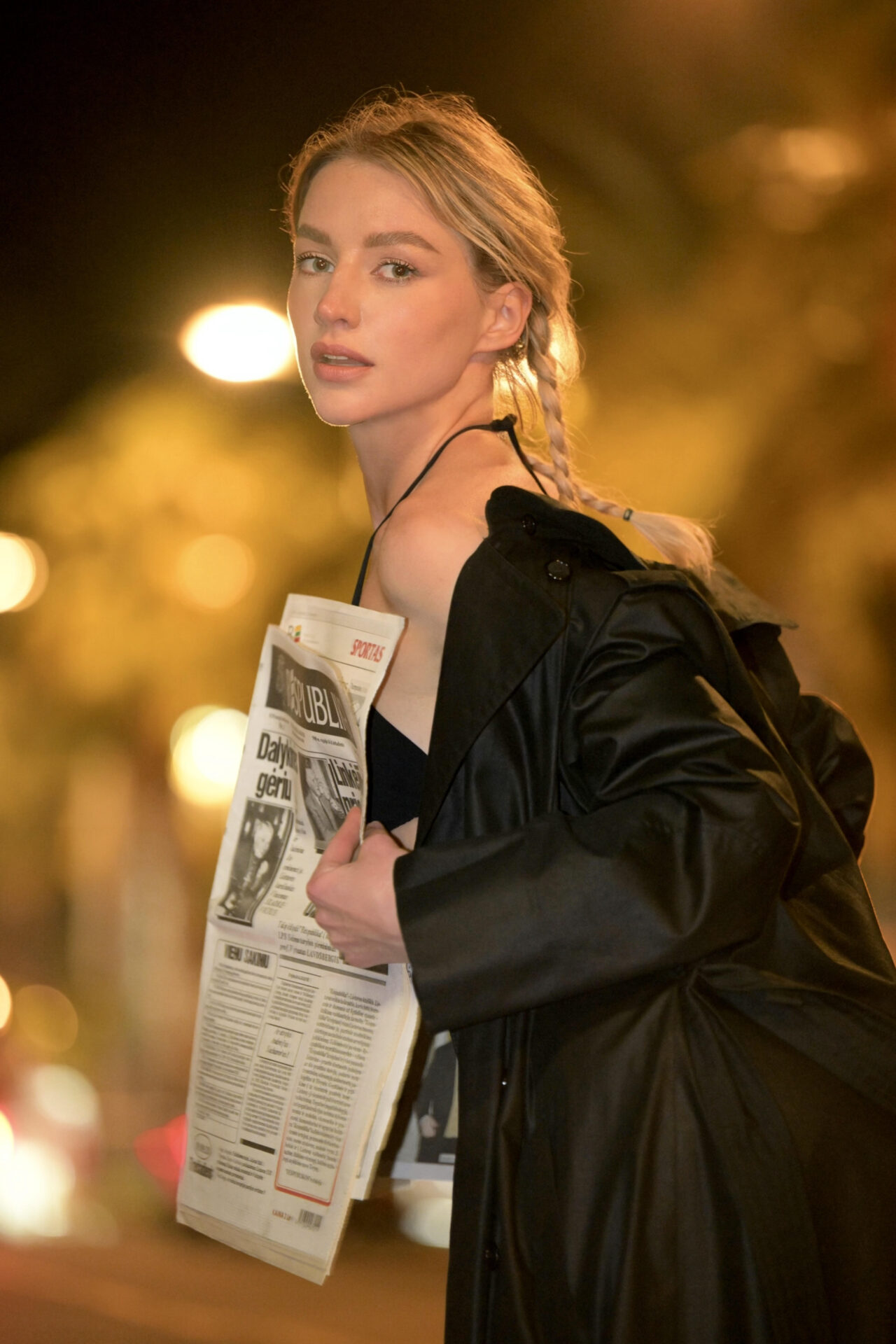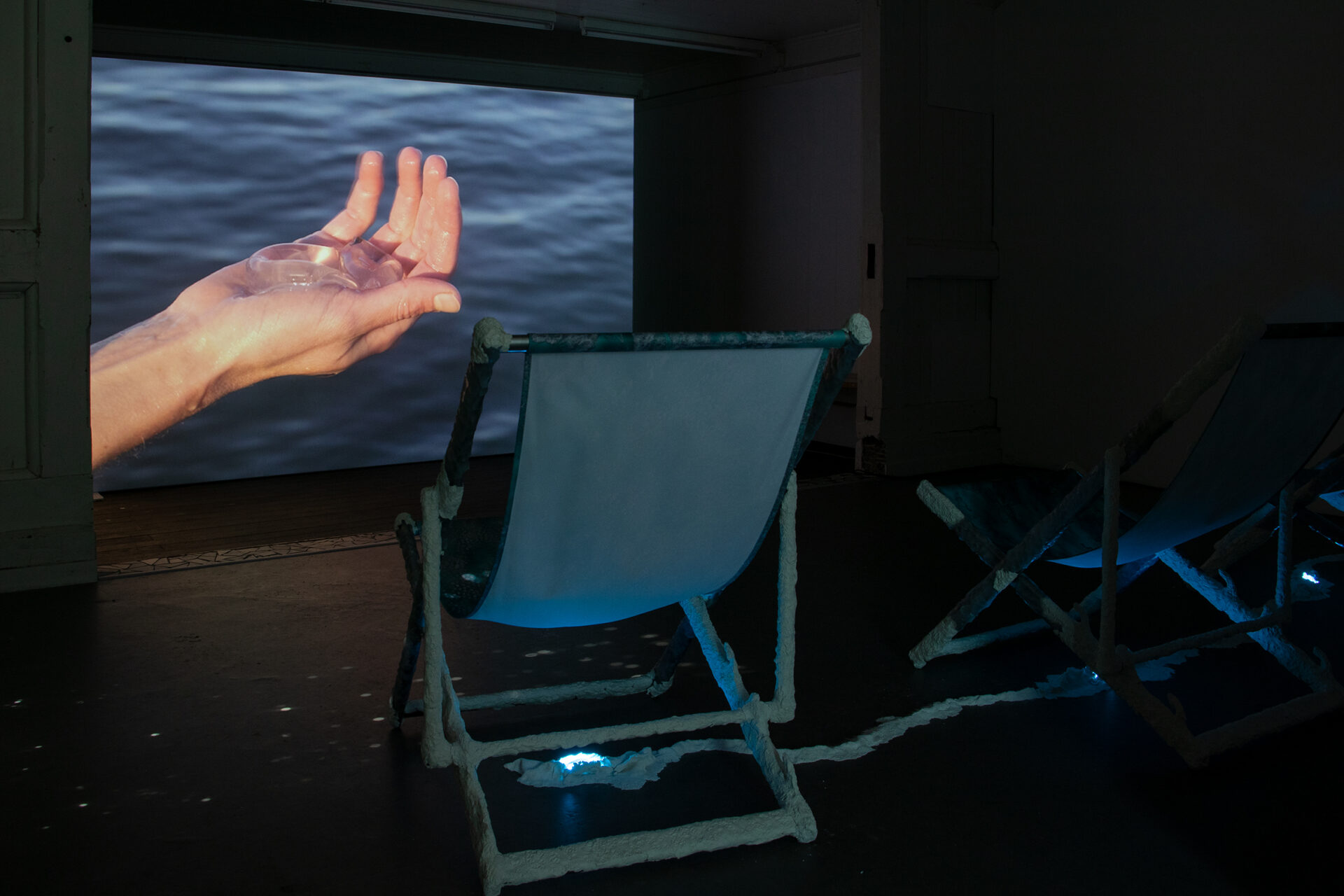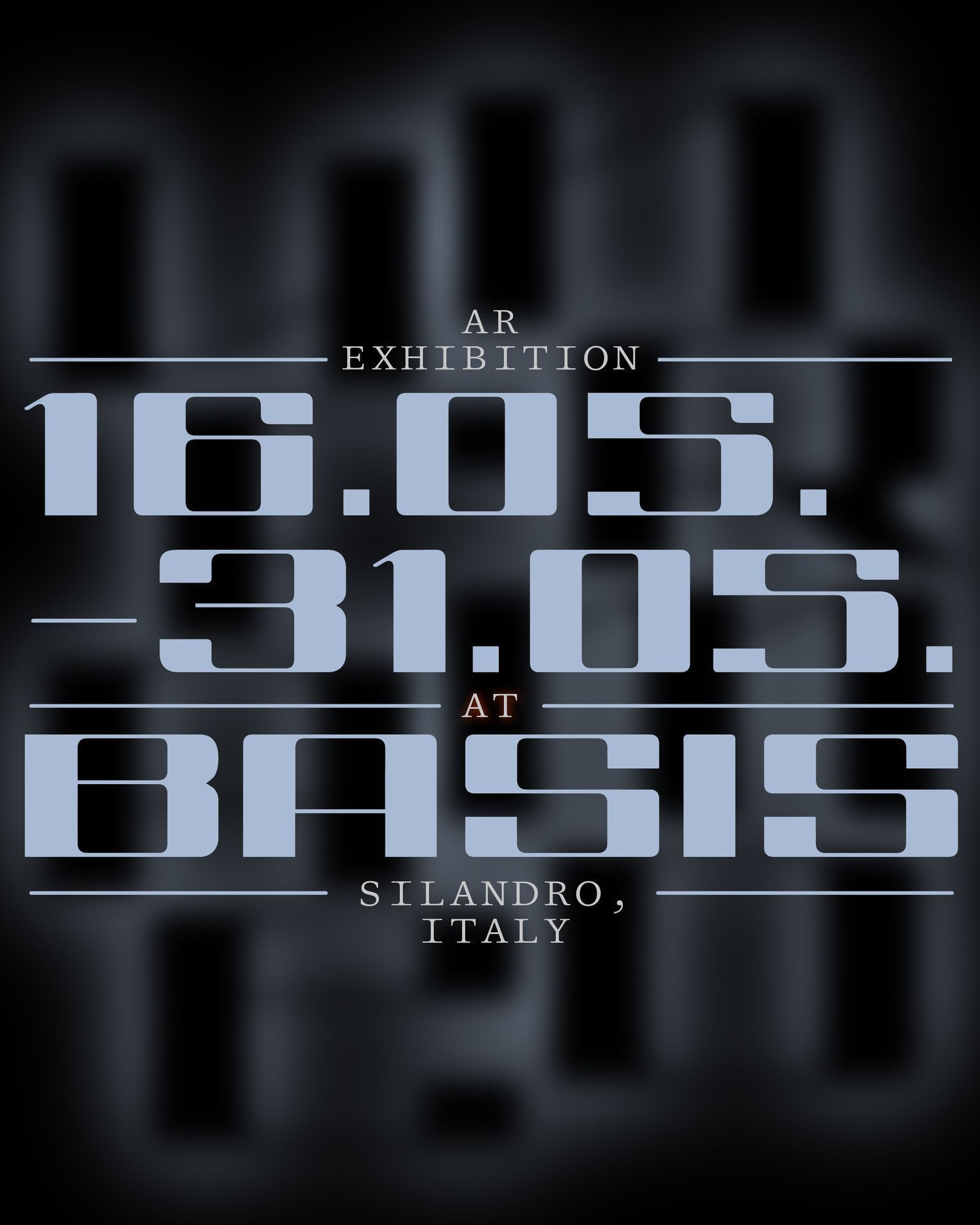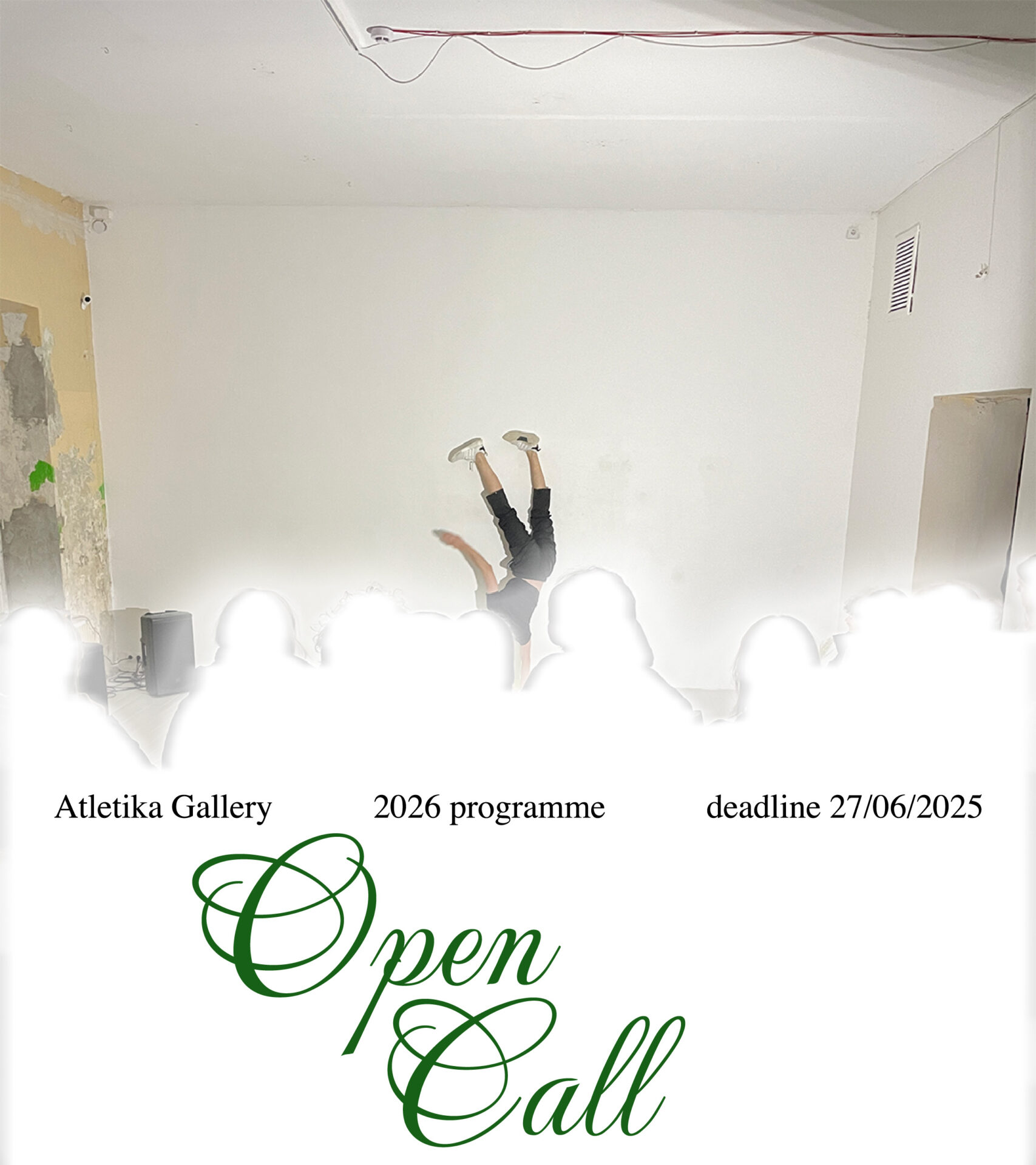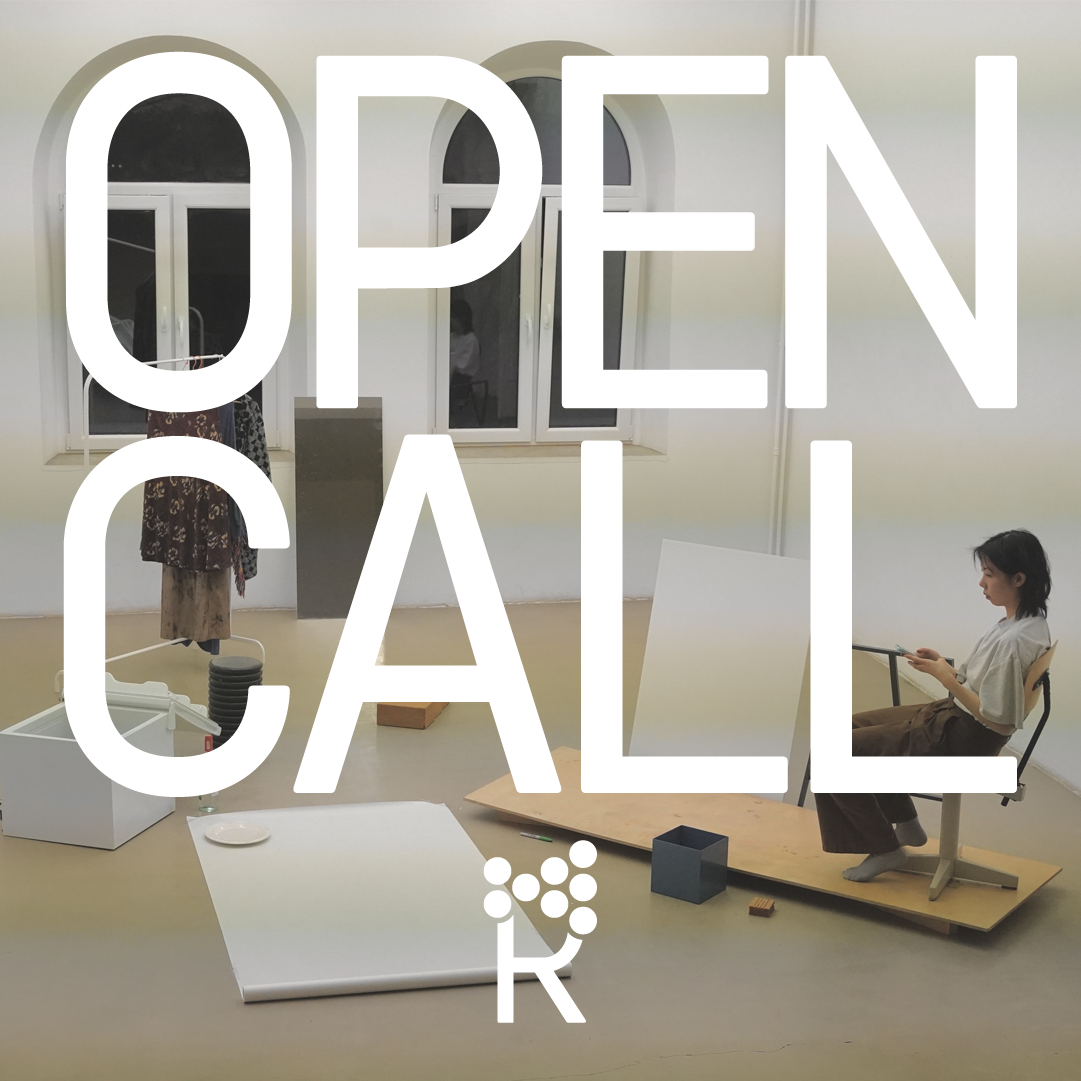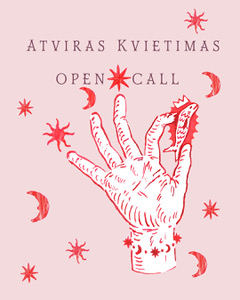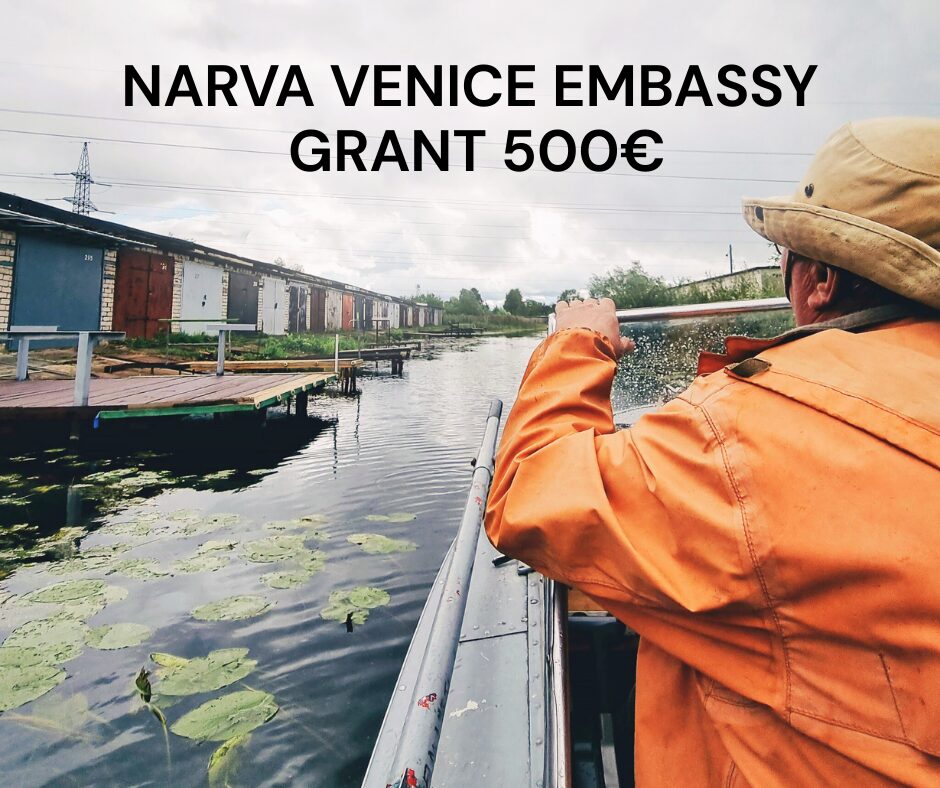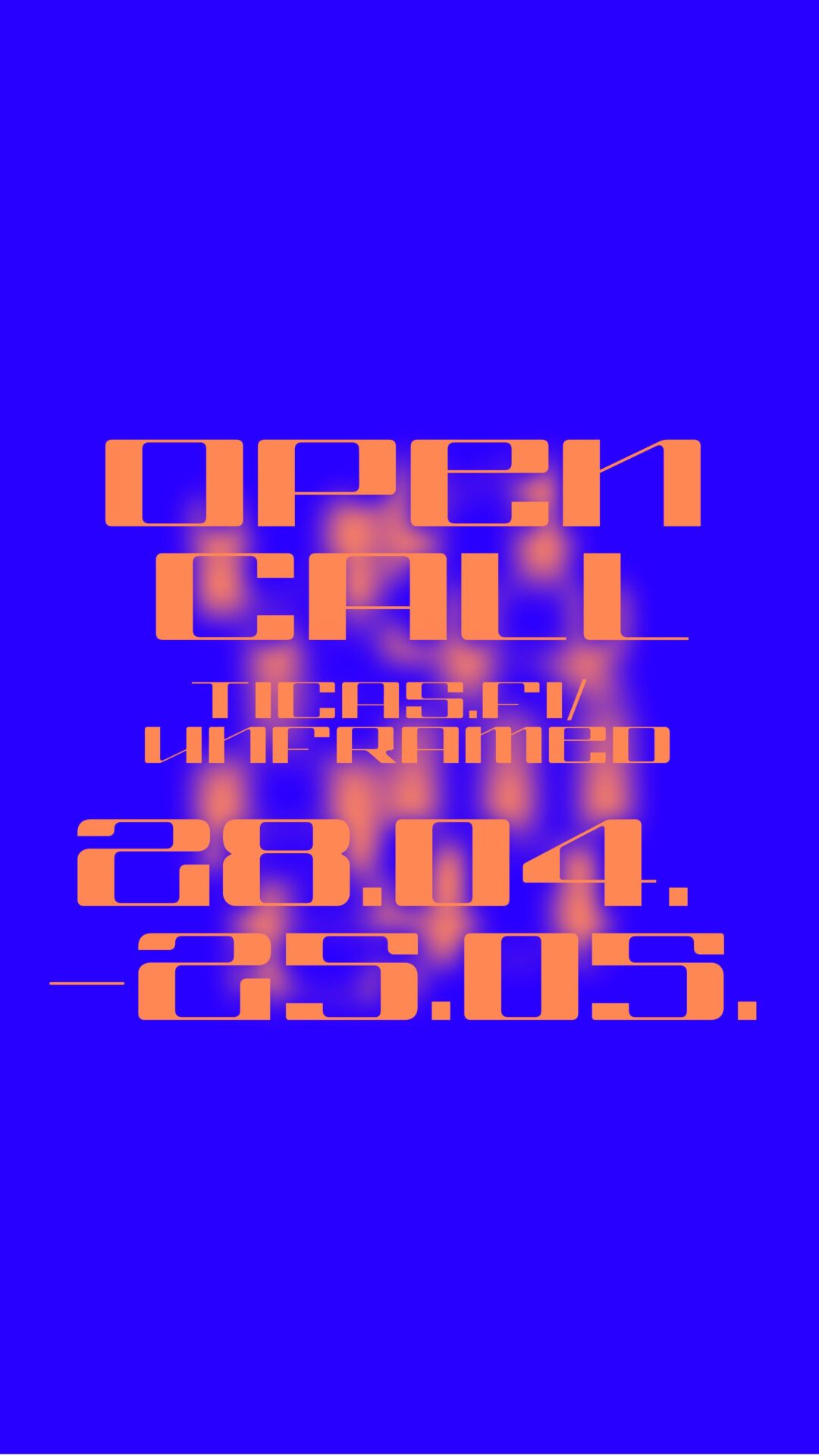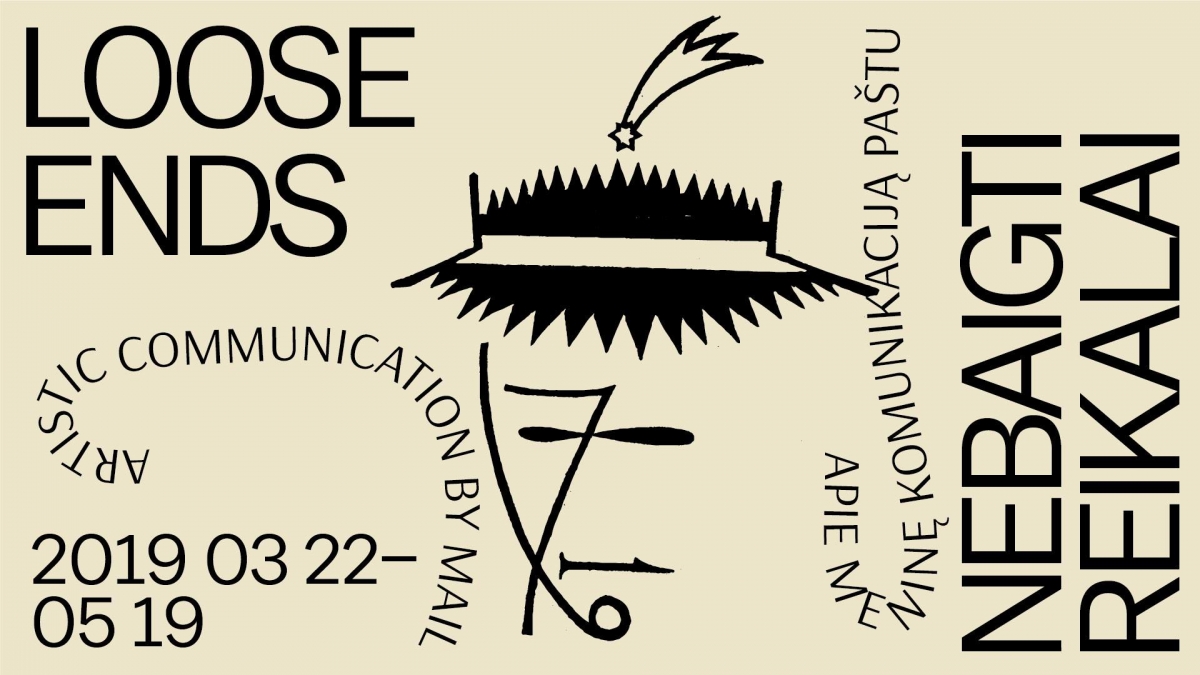
New Year’s greeting card by Ričardas Povilas Vaitiekūnas. 1986
Loose Ends
Artistic Communication by Mail
Loose Ends is an exhibition about artistic communication by mail, about the sender and the receiver, or his/her absence, about the thought that you start and not always finish, about speculative and playful resistance against systems, rudiments of social networks in the Soviet times and finally, about colliding comets. A comet is a motif frequently appearing in artists’ postcards. In the context of the exhibition it becomes a rich metaphor: crossing systemic limits, a sudden collision, a brief but spectacular flash, sometimes ephemeral and sometimes causing hardly reparable long term consequences.
The works and artefacts featured in the exhibition present a large variety of purposes that artists used mail for. Mail is found to be important as both a means of communication and as way of creating artistic content. Being used locally for very personal purposes, as well as with the intention for contact with international movements – especially in the case of other means of communication being unavailable. Mail was used to transport traditional artworks and to inspire experimental work. Starting with a brief retrospective journey to the interwar period, the exhibition showcases a sudden burst of popularity of artistic correspondence in the early 1960s, continuing up to contemporary art projects that are in some way related to mail.
Looking at the abundance of New Year’s greeting cards and seeing how much time it took to produce these small but intricate prints, photographs, collages or drawings, we can understand the importance and scale of this communication network. New Year’s postcards, as an unofficial communication channel, thus took on even greater importance as a means of self-representation: a proof of the artist’s abilities and resourcefulness.
The exhibition also reflects on the relations of Lithuanian artists with collectors of various countries, organisers of international exhibitions and Lithuanians in exile. In the 1970s, Lithuanian artists got involved in the Fluxus movement. Later mail art branched out into various movements and embraced various experimental practices.
An important role in this exhibition is architectural, as conceived by the artist Robertas Narkus, which landed in the hall of the National Gallery of Art like a comet and gave an impulse to rethink the relations between artistic experiments in the second half of the 20th century and contemporary art, their meanings and inspirations.
Curators: Danutė Gambickaitė, Aistė Kisarauskaitė, Ieva Pleikienė
Architect: Robertas Narkus
Partners: The Jonas Mekas Visual Arts, A. and P. Galaunė House, Lithuanian Archives of Literature and Art, Mo Museum (Vilnius)
This project was partly financed by the Lithuanian Council for Culture
Sponsor: Exterus
Organizer Lithuanian Art Museum / National Gallery of Art, Vilnius

